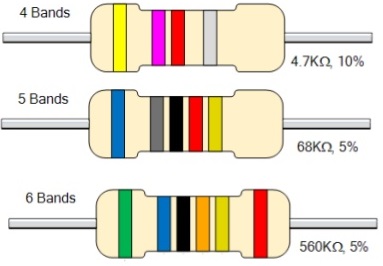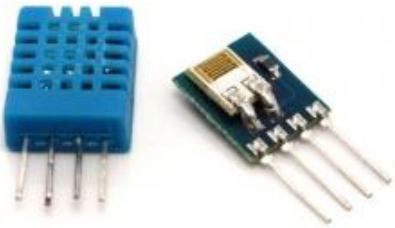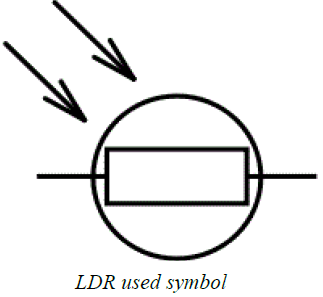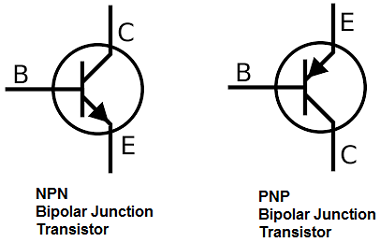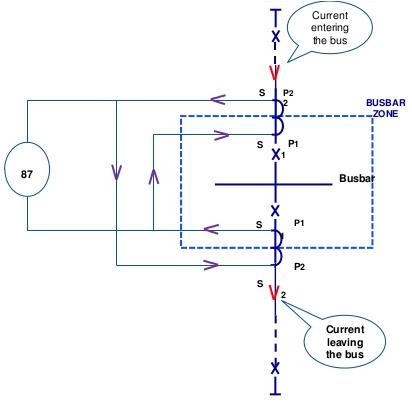If you want to understand resistor color coding then you are at right place where you are explained full resistor calculator depending upon the resistor color bands which are always confusing for the electricians. There are 4, 5 and 6 bands on
Read More
DHT11 & DHT22 temperature & humidity sensor are well known models which are used for monitoring the humidity and temperature of a vicinity or place. DHT11 and DHT22 models are used in thermostats and hygro thermometers which are used for different purposes
Read More
Gates are mainly the subject of digital logic designing profession which is a very basic and important section of digital world. In fact term logic is applied to digital circuits in order to implement the logic functions. There are many types of
Read More
LDR or Light Dependent Resistor which is also known as photo resistor is a device whose resistivity is a function of the incident electromagnetic radiation. SO we can say that these are light sensitive devices. Other terms which are used for LDR
Read More
What is a Transistor The transistor is a three-layer semiconductor device that consists of: two n-type layers and one p-type layer of material which is called npn transistor two p-type layers and one n- type layer of material which is called an
Read More
Before discussing the types and importance of busbar protections let’s see what is a bus bar? The word bus is derived from Latin word “OMNIBUS” that means common for all, so busbar is actually a common and main part of a power
Read More
